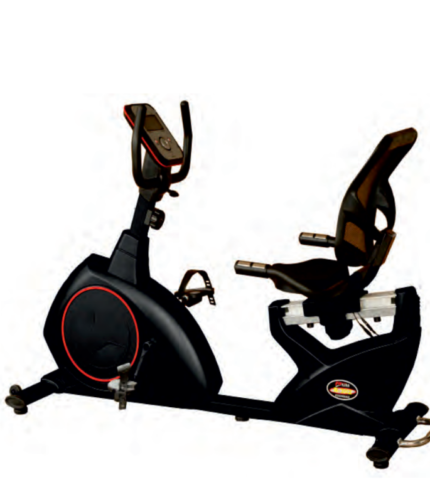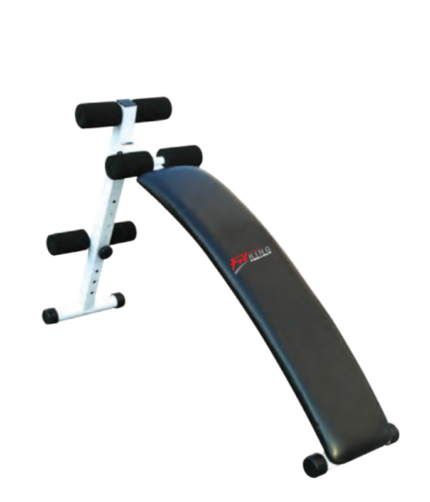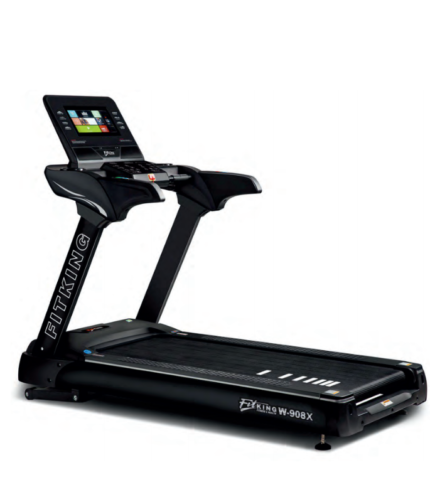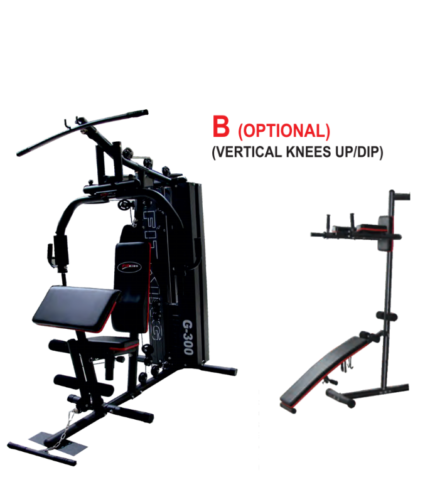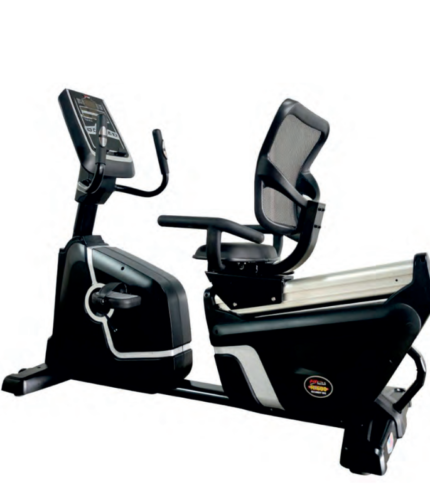The fitness industry is undergoing a remarkable transformation, driven by advancements in technology, changing consumer preferences, and an increasing emphasis on holistic wellness. As you consider starting a gym, understanding the evolution of gym equipment and the trends shaping the market is essential. This blog will explore the key trends in gym equipment, how they have evolved, and what you need to know before making your investment.
The Evolution of Gym Equipment
From Basic to High-Tech
Historically, gym equipment was relatively simple, focusing primarily on strength training and cardiovascular exercises. Traditional machines like treadmills, stationary bikes, and weightlifting equipment dominated the landscape. However, as fitness culture has evolved, so has the equipment used in gyms.
- Early Fitness Equipment: The first gyms featured basic machines that were often cumbersome and limited in functionality. Equipment like free weights and rudimentary machines were common but lacked the features that modern users expect today.
- Technological Advancements: The introduction of electronic displays, programmable workouts, and heart rate monitors marked a significant shift in gym equipment. This period saw the rise of machines that could track user performance and provide feedback.
- Smart Equipment: Today’s fitness equipment is often integrated with technology that connects to apps and wearable devices. Smart treadmills can adjust speed based on heart rate or offer virtual running experiences through scenic routes displayed on screens.
Key Innovations in Gym Equipment
- Wearable Technology: Wearables have become essential for fitness enthusiasts. Devices like smartwatches and fitness trackers provide real-time data on heart rate, calories burned, sleep quality, and activity levels. This data helps users personalize their workouts and track progress over time.
- Functional Training Equipment: The shift towards functional training has led to the popularity of versatile equipment such as kettlebells, battle ropes, and suspension trainers. These tools focus on movements that mimic everyday activities, enhancing overall strength and stability.
- Digital Integration: Many modern machines now include digital interfaces that allow users to connect their devices for personalized workout experiences. Features such as virtual coaching, streaming classes, and performance tracking are becoming standard.
- Eco-Friendly Equipment: As environmental concerns grow, many manufacturers are producing eco-friendly gym equipment made from sustainable materials or designed to minimize energy consumption. This trend reflects a broader commitment to sustainability within the fitness industry.
- Hybrid Solutions: The pandemic accelerated the adoption of hybrid fitness models that combine in-person workouts with online classes. Equipment that supports both formats—like smart bikes or treadmills capable of streaming live classes—has gained popularity.
Trends Shaping the Future of Gym Equipment
1. Personalized Fitness Experiences
Today’s consumers expect tailored fitness experiences that cater to their individual needs and preferences. This trend is driving innovations in gym equipment design:
- Customizable Workouts: Machines that allow users to set personalized goals or adjust settings based on their fitness levels are increasingly popular.
- Data-Driven Insights: Fitness equipment equipped with sensors can collect data to provide insights into user performance and suggest adjustments for improvement.
2. The Rise of Home Gyms
The COVID-19 pandemic prompted many individuals to invest in home gym setups. As a result:
- Compact Equipment: There’s a growing demand for space-saving equipment that fits into smaller living spaces without sacrificing functionality.
- Quality Over Quantity: Consumers are prioritizing high-quality gear that offers versatility over a wide range of less effective options.
3. Focus on Mental Health
The integration of mental health practices into fitness routines is gaining traction:
- Mindfulness Integration: Equipment designed for yoga or meditation is becoming more popular as people seek holistic wellness solutions.
- Recovery Tools: Foam rollers, massage guns, and other recovery tools are increasingly being incorporated into gym setups to help with muscle recovery and stress relief.
4. Community-Centric Spaces
As people seek connection through fitness, gyms are evolving into community hubs:
- Group Training Equipment: Equipment designed for group training sessions—such as battle ropes or resistance bands—promotes social interaction while working out.
- Event Spaces: Gyms are transforming areas into spaces for workshops or community events that foster engagement among members.
5. Technology Integration
The integration of advanced technology continues to shape gym equipment trends:
- Virtual Reality Workouts: Some gyms are exploring virtual reality (VR) workouts that provide immersive experiences for users.
- AI Personal Trainers: Artificial intelligence is being utilized to create virtual trainers that can guide users through workouts based on their preferences and performance data.
Opportunities for Gym Owners
Understanding these trends presents several opportunities for aspiring gym owners:
- Investing in Smart Equipment: Consider purchasing equipment with integrated technology that tracks performance metrics and connects with mobile apps or wearables. This can enhance member engagement by providing personalized feedback.
- Creating Hybrid Offerings: Develop a hybrid model that offers both in-person classes and online options to cater to diverse member preferences. This flexibility can attract a broader audience.
- Focusing on Sustainability: Incorporate eco-friendly practices into your gym’s operations by investing in sustainable equipment and promoting green initiatives within your community.
- Emphasizing Community Engagement: Foster a sense of community by organizing events or group challenges that encourage social interaction among members.
- Adapting to Consumer Preferences: Stay informed about evolving consumer demands by regularly surveying members about their preferences regarding classes, equipment, and amenities.
Conclusion
The evolution of gym equipment reflects broader shifts in consumer expectations and technological advancements within the fitness industry. As you consider starting your own gym, it’s crucial to stay informed about current trends such as wearable technology, hybrid fitness models, eco-friendly solutions, and personalized experiences.
Investing in quality equipment that aligns with these trends will not only enhance member satisfaction but also position your gym for long-term success in an increasingly competitive market. By embracing innovation while fostering community engagement and holistic wellness practices, you can create a thriving environment where individuals feel empowered to pursue their fitness goals.
As the global fitness market continues to grow—projected to reach $434 billion by 2028—there has never been a better time to enter this dynamic industry armed with knowledge about the evolution of gym equipment and the opportunities it presents.








